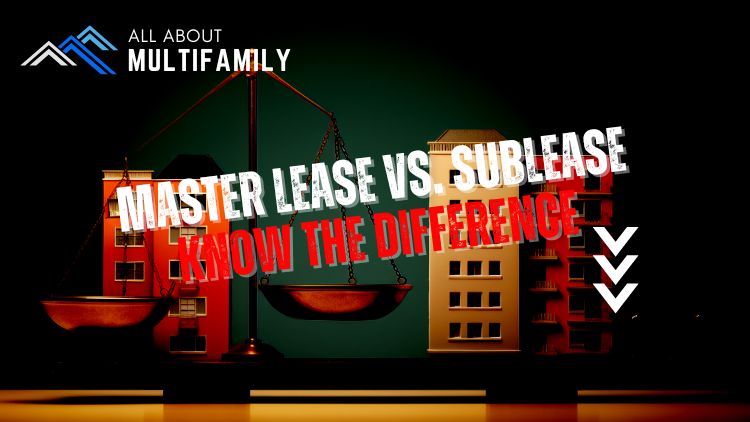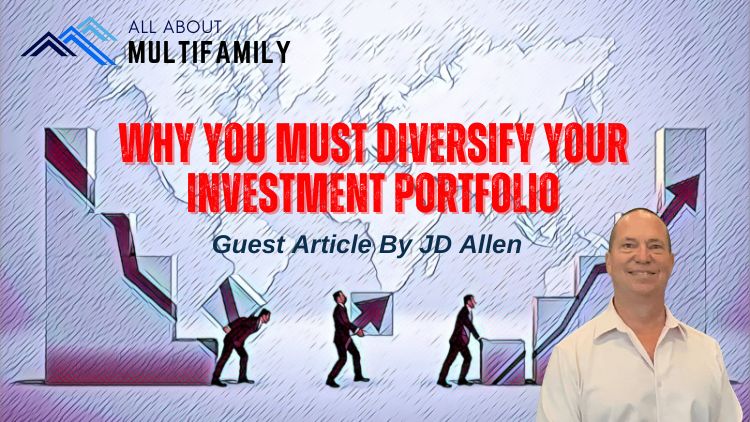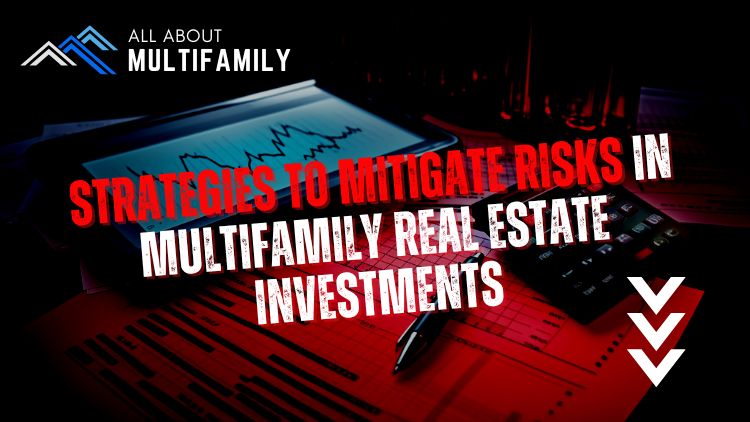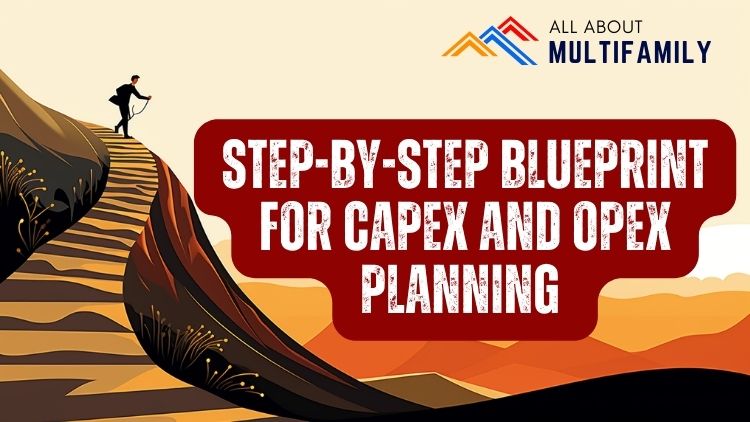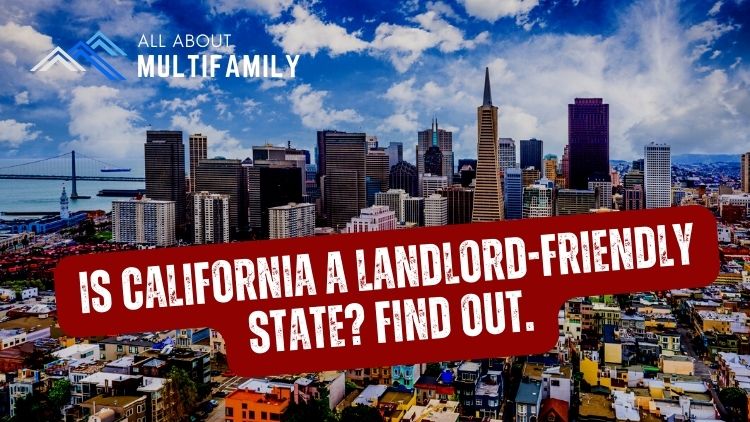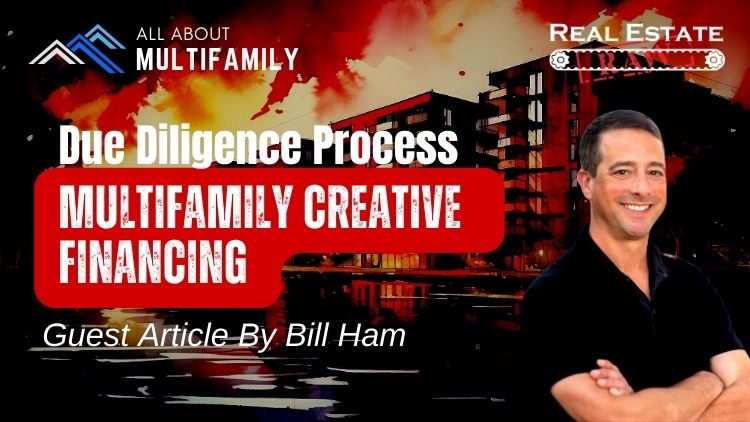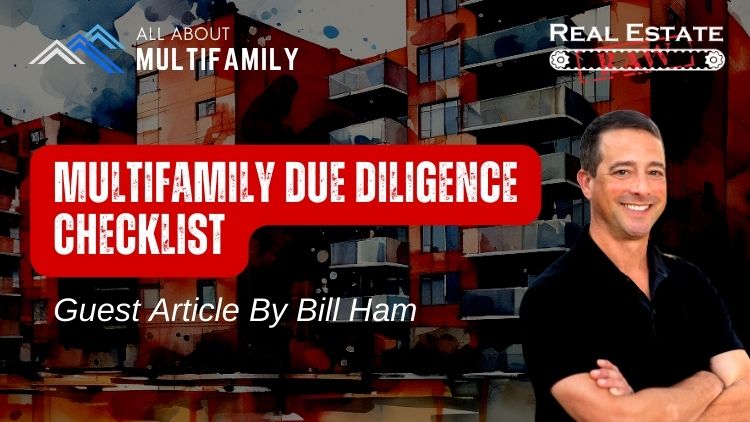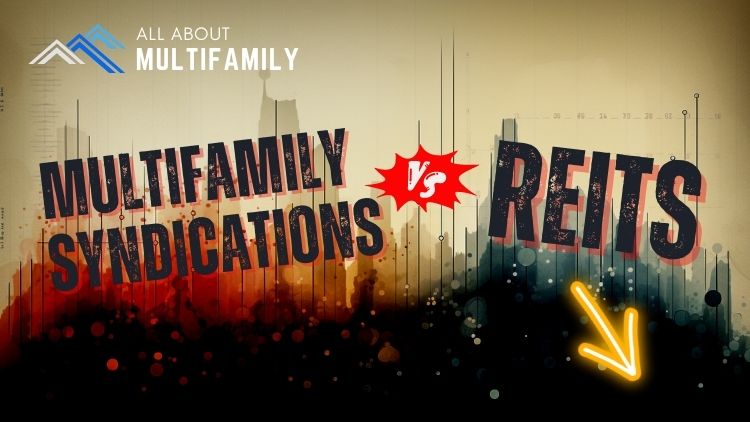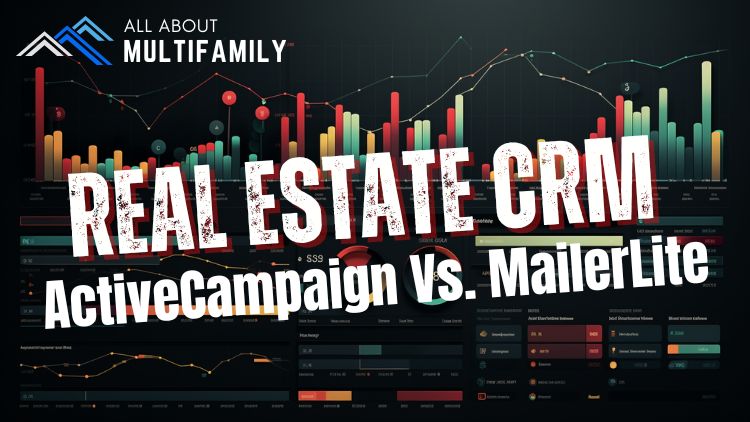The surge in rental prices within city centers and the lasting impact of the COVID-19 pandemic have emerged as key factors driving an increasing number of urban dwellers to seek residences outside of major cities. However, unlike previous migrations to suburban or smaller urban areas near metropolises, this new wave of individuals transitioning to suburban living has no intention of relinquishing their urban lifestyle. This insight was shared by panelists during the inaugural day of the National Apartment Association’s Apartmentalize conference held in Atlanta.
For many individuals within this contemporary group of suburbanites, proximity to major cities and their vibrant economic and cultural hubs remains a top priority. These individuals aspire to retain a significant portion of their lives within the urban landscape. As Carol Enoch, CEO of real estate consultancy Enoch & Co., highlighted, the events of the COVID-19 pandemic serve as a compelling example. She stated, “When we reflect on the impact of COVID, New York stands out as a great illustration. Many residents of high-end Class A high-rise buildings made the decision to ‘hop over a river’ and relocate to neighboring areas such as New Jersey and Connecticut. They sought to maintain access to urban amenities upon their return while gaining additional space and comparable building amenities at a more affordable price. This trend continues to unfold in the post-COVID era.”
In summary, the current housing landscape showcases a notable shift in residential preferences. Urbanites are gravitating towards suburban living arrangements while remaining closely connected to the allure of major cities, demonstrating a desire to strike a balance between spacious living environments and the vibrant urban lifestyle they cherish.
































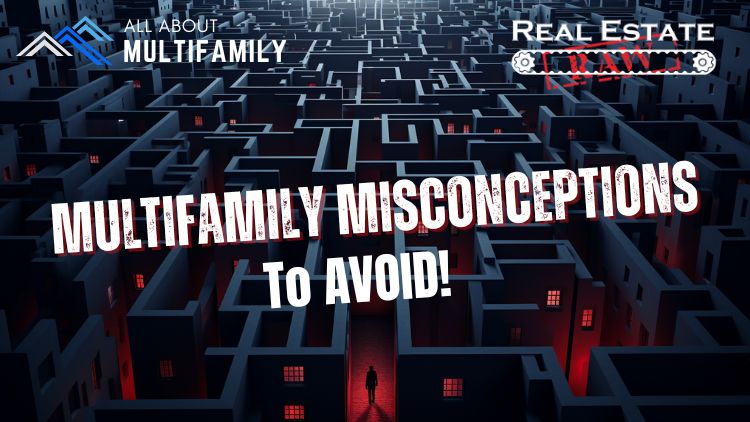





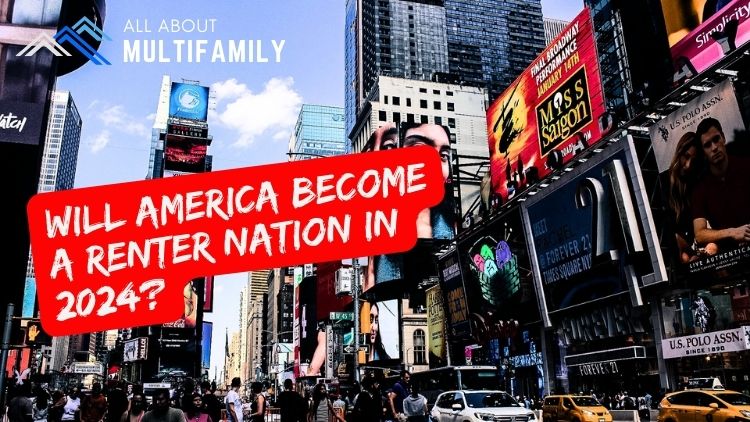
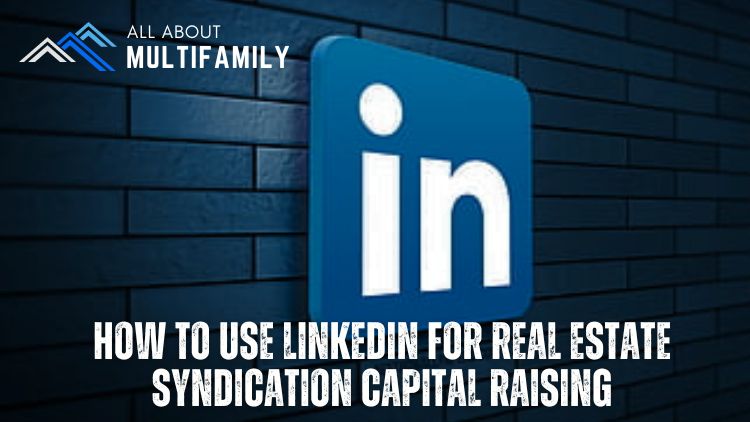


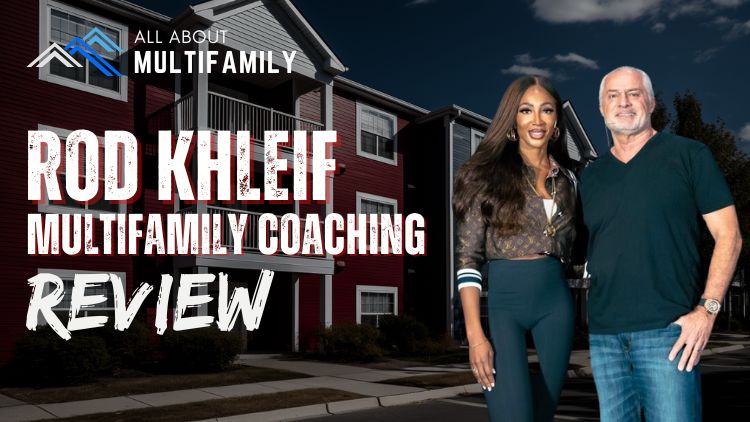

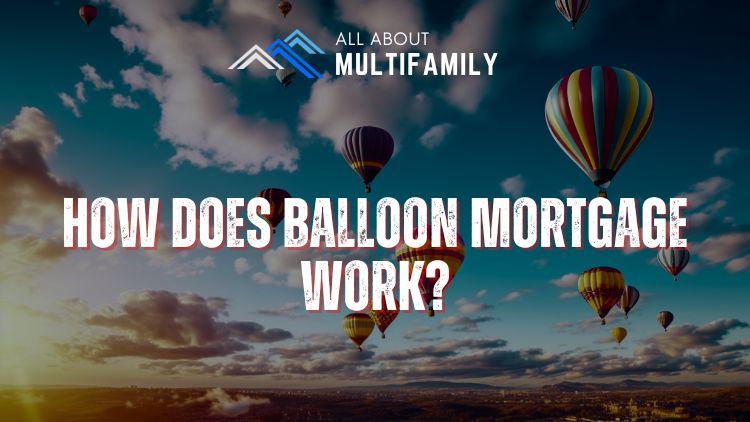

![An In-Depth Look at Jake and Gino's Coaching Program [A Review]](https://allaboutmultifamilyinvesting.com/wp-content/uploads/2023/10/AAM-BMP-Blog-Covers-750-×-422px-6.jpg)


![Email Marketing Tips for Multifamily Real Estate Syndicators to Raise Capital [Templates included]](https://allaboutmultifamilyinvesting.com/wp-content/uploads/2023/09/AAM-BMP-Blog-Covers-750-×-422px-4.jpg)
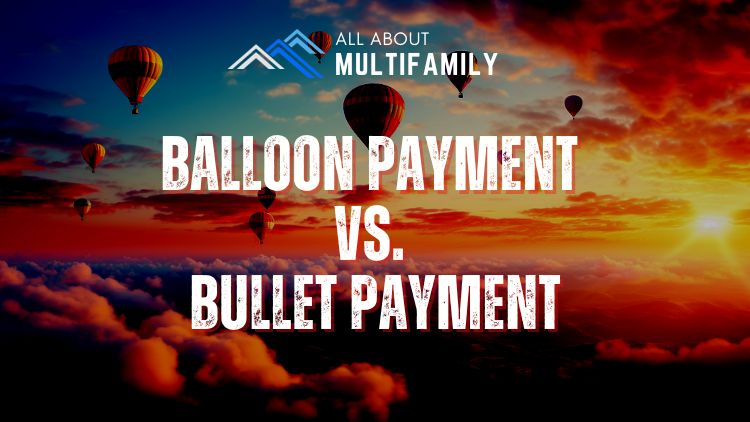
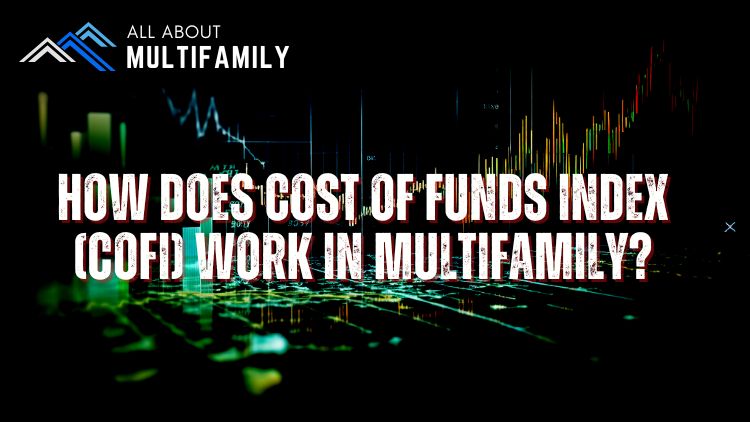




![The Richest Kids In America [Book Review]](https://allaboutmultifamilyinvesting.com/wp-content/uploads/2023/09/AAM-BMP-Blog-Covers-750-×-422px-84.jpg)


